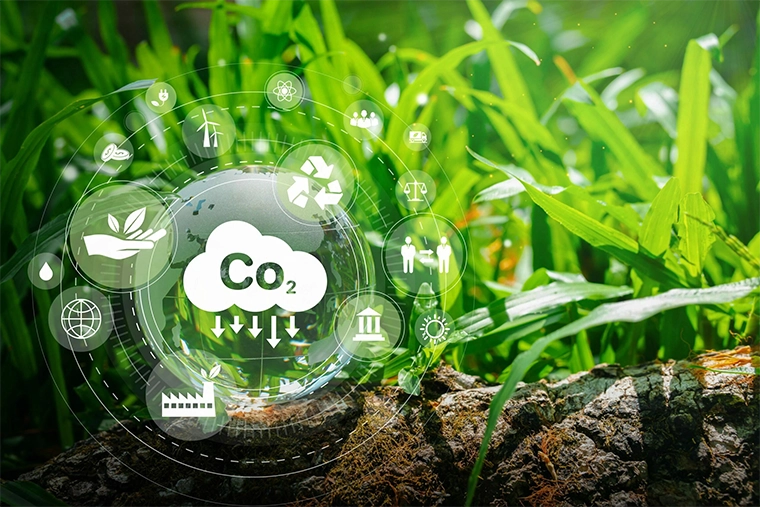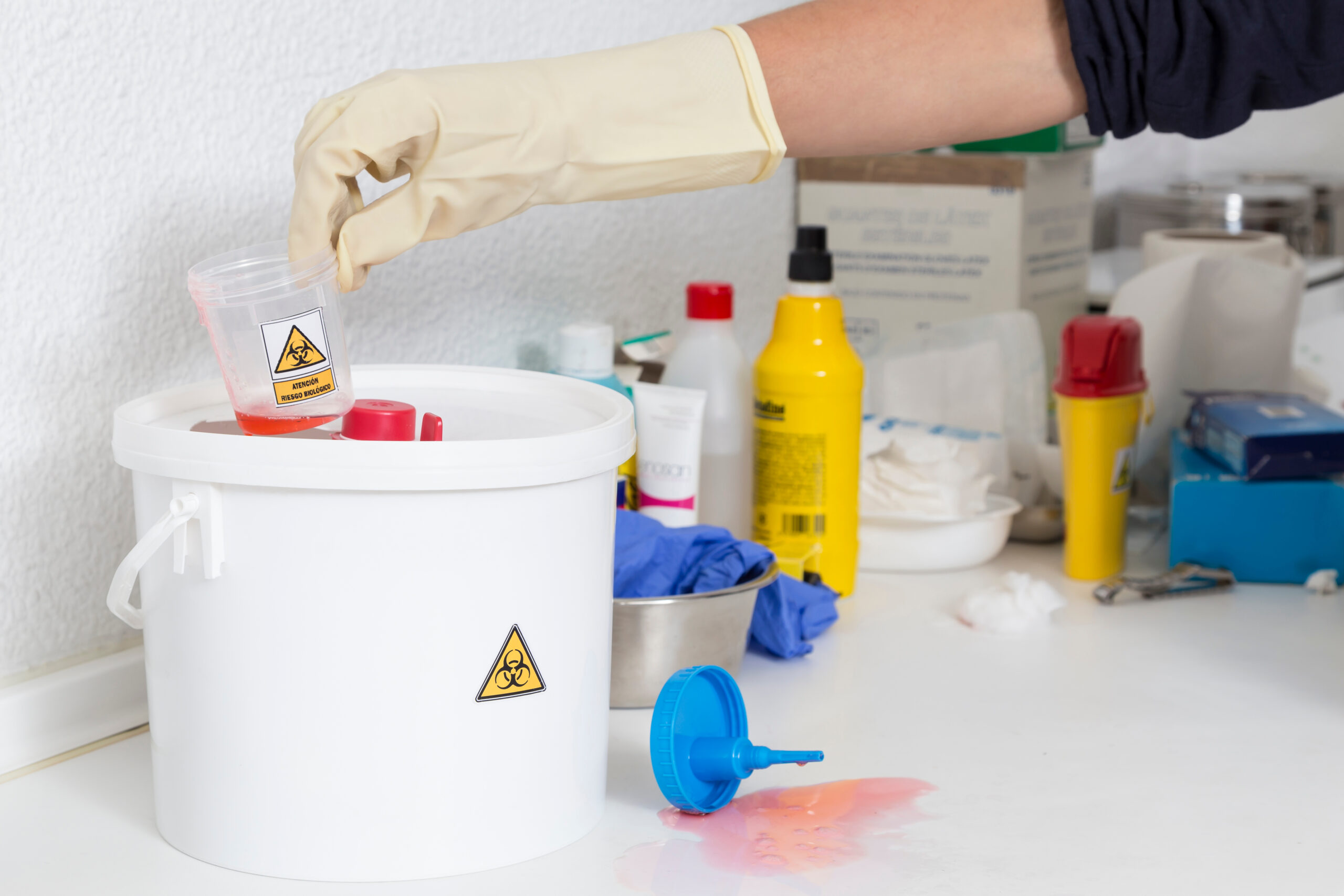Sustainable chemistry is a broad term that encompasses all environmentally-friendly practices in chemistry. These include minimising the carbon footprint and designing efficient chemical processes that produce the least possible amount of waste products.
Sustainable chemistry is almost synonymous and interchangeable with green chemistry, although the latter is a more specific and distinct discipline. The scope of sustainable chemistry tends to be much wider and even encompasses green chemistry itself.
In this post:
What is Sustainability in Chemistry? 
Sustainable chemistry focuses on three overlapping aspects – the environment, society, and the economy – as you can see in the diagram above. Green chemistry, however, only focuses on the convergence of the environment and the economy. Its primary concern is therefore productivity at the least possible environmental impact.
Green chemistry aims to eliminate or at least minimise the carbon footprint and the potentially harmful effects of chemical products at the various stages of their lifecycle. It begins with the design or formulation of the product. As much as possible, the desired product must have feedstocks that are renewable, non-toxic and easily degradable.
Energy must also be used efficiently during the manufacturing process and there should be fewer intermediary waste byproducts. Meanwhile, the product itself should be safe or non-destructive to humans, animals, plants, and non-biological (abiotic) aspects of the ecosystem.
Finally, green chemistry considers the ultimate disposal of the product and its long-term environmental impact.
What’s the Difference Between Green Chemistry and Sustainable Chemistry?
Green chemistry was developed as a field of study and a basis for policy-making in the early 1990s. Sustainable chemistry, however, is a comparatively new concept and isn’t as well defined. It also has a broader scope than green chemistry.
Various experts, corporations, trade organisations, and government institutions have come up with their own definitions of sustainable chemistry. For example, the Organisation for Economic Co-operation and Development (OECD) has defined sustainable chemistry as:
“A scientific concept that seeks to improve the efficiency with which natural resources are used to meet human needs for chemical products and services. Sustainable chemistry encompasses the design, manufacture and use of efficient, effective, safe and more environmentally benign chemical products and processes.”
Although the OECD definition is very similar and has some overlapping concepts with green chemistry, sustainable chemistry focuses on two main concepts:
- Reducing risk in both the manufacturing process and the use of chemicals.
- Developing innovative approaches that align with sustainability goals, such as alleviating world hunger and improving the quality of life.
Unlike sustainable chemistry, green chemistry is not concerned with the wider objective of sustainable goals. Instead, it focuses on the design or formulation of chemical products and chemical manufacturing processes. Its main goal is to eliminate or at least reduce the production of harmful chemicals, both in terms of byproducts and the end product itself.
What is the Importance of Sustainable Chemistry?
Sustainable chemistry is geared towards achieving sustainability goals.
This means it not only considers the long-term impact of chemistry on the environment and the economy, but also on society as a whole. Sustainable chemistry seeks to solve pressing societal problems, such as the inequitable distribution of resources due to poverty.
The Key Principles of Sustainable Chemistry
As the broader perspective of sustainable chemistry encompasses green chemistry, it’s no surprise that many of its key principles overlap with the 12 principles of green chemistry.
Waste prevention
Waste and pollution are addressed at the source itself instead of merely being treated and disposed of. The atom economy of green chemistry is applied here. This optimises production by reducing intermediate waste products while increasing the proportion of the final desired products.
Using less hazardous chemicals
Alternative feedstocks and processes are used to minimise the production of harmful products. This principle emphasises the importance of using renewable resources and biodegradable chemicals that do not accumulate in the food chain.
Renewable feedstocks in chemistry
Using renewable feedstocks, for example, biomass or biodiesel, in large-scale production means manufacturing companies will be less dependent on easily depleted raw materials.
Using safer solvents in chemistry
Solvents that contain benzene rings, carbon tetrachloride, dichloromethane (DCM), and those that have heavy metals, are all examples of harmful chemicals. Some are even considered carcinogens. Sustainable chemistry encourages the use of non-hazardous alternatives that can do the same job. For example, water can be used as a paint solvent instead of hydrocarbon solvents. 
Designing for efficient chemical degradation
This principle argues that chemicals should be formulated to degrade over time instead of persisting in the environment, where they might cause harm. Some chemicals can be designed to oxidise easily when exposed to air.
Injury prevention in chemistry
Another principle of sustainable chemistry is to prevent injuries at chemical laboratories and manufacturing facilities. This means following various safety standards and procedures such as wearing PPE (or at least basic protective devices like goggles and gloves) and avoiding clutter. It may also involve using non-hazardous chemicals. 
Reducing the use of derivatives in chemistry
Sustainable chemistry aims to avoid additional reagents and unnecessary waste, which includes reducing the use of derivatives. Chemical derivatives are intermediate products derived from initial chemicals. One of the ways to reduce derivatives is to use enzymes, which can catalyse specific groups in a molecule while protecting other functional groups.
Improving energy efficiency in chemistry
Energy efficiency is another key factor in sustainable chemistry. It can be measured in terms of the quantity of product produced per unit of energy input. There are various ways to improve energy efficiency.
One strategy is to increase productivity while using the same amount of energy. Another way is to decrease energy consumption while maintaining the same level of productivity. Renewable energy sources can also be used in conjunction with traditional energy sources.
How Green Chemistry Contributes to Sustainable Development
As it takes a broader perspective on solving global problems, sustainable chemistry has an overarching approach that incorporates green chemistry, ecology, and sustainability.
In practice, this translates into taking steps to reduce the impact of hazardous chemicals on the environment. It also means emphasising the importance of conservation and protecting natural resources. Alongside this, sustainable chemistry aims to find innovative technological solutions that are designed to make industries both cost-effective and efficient.

















